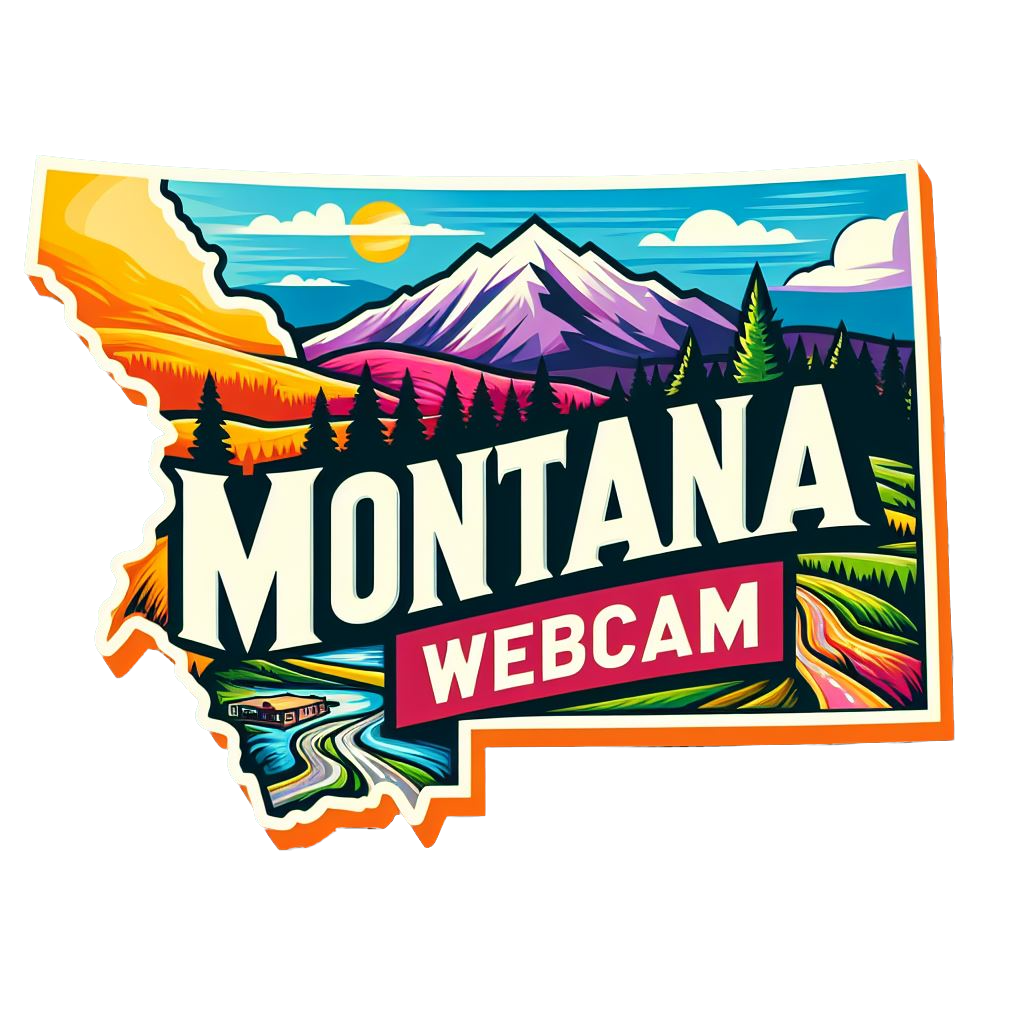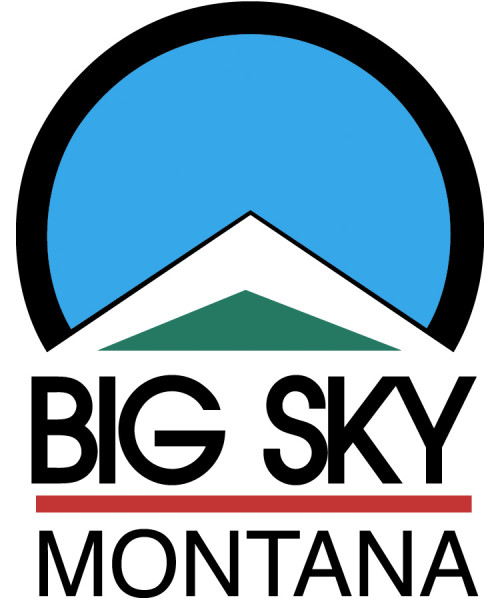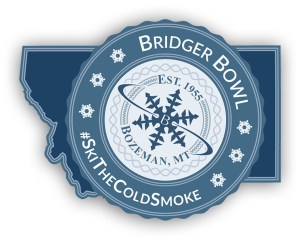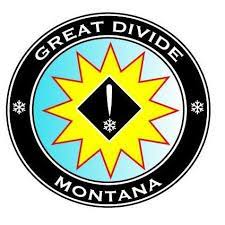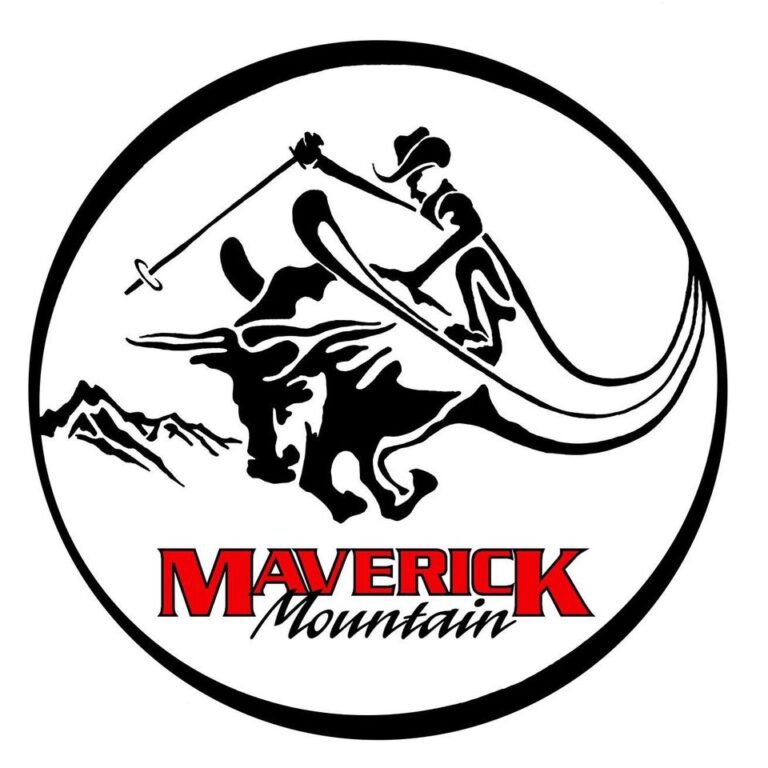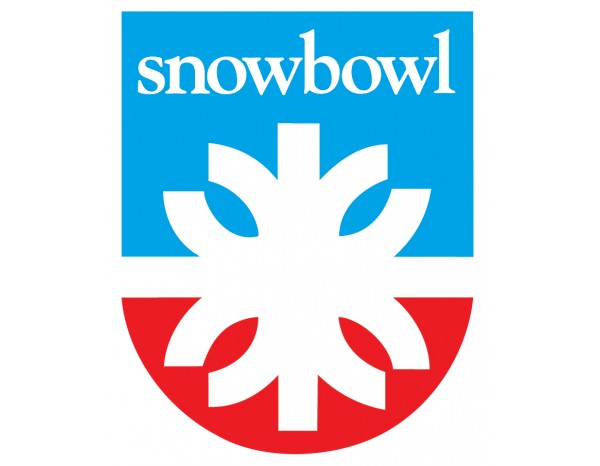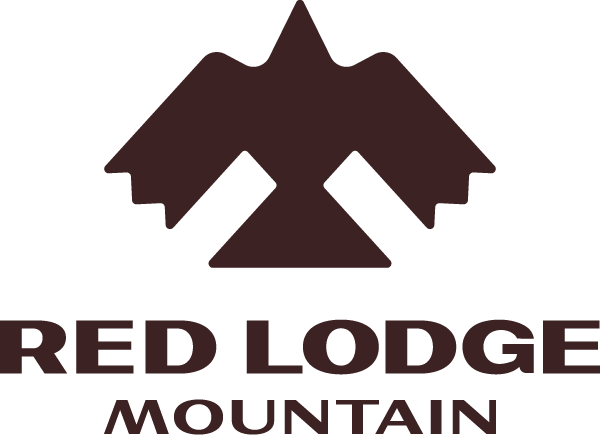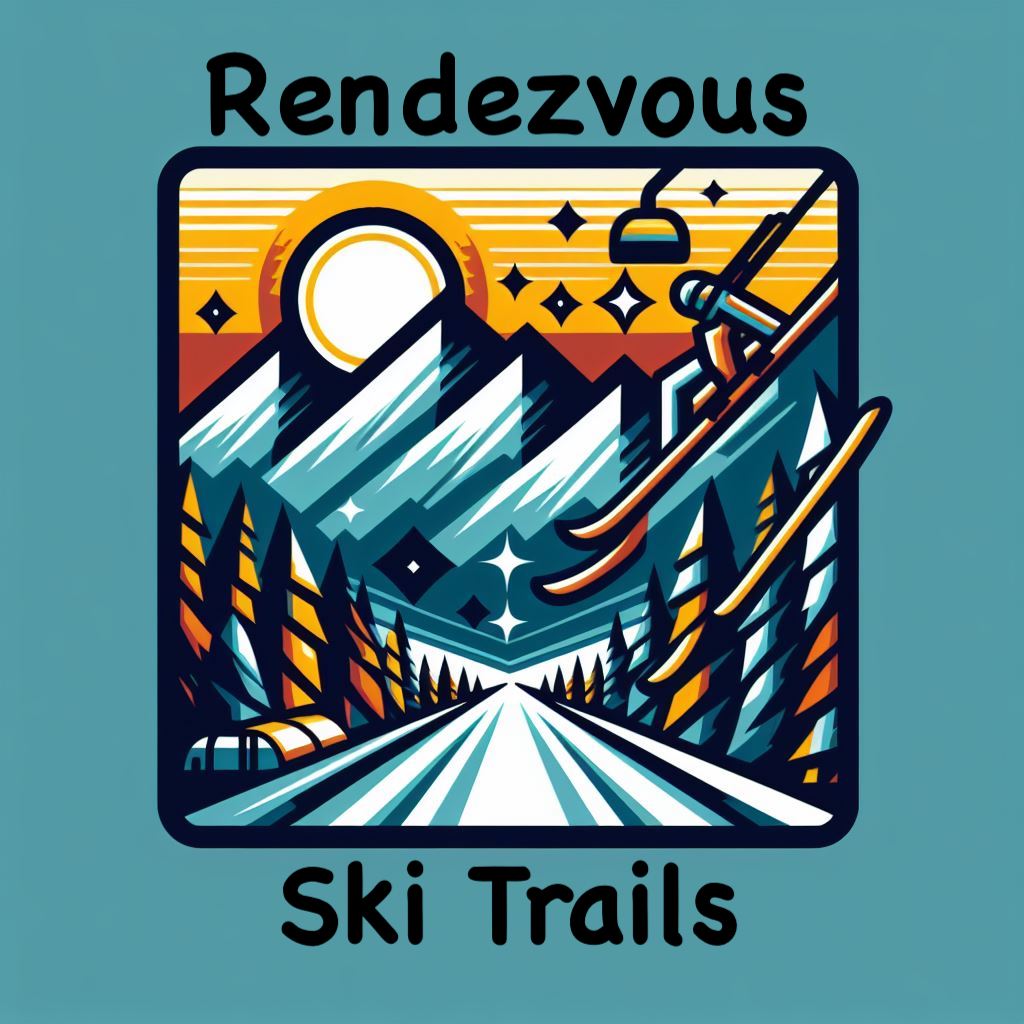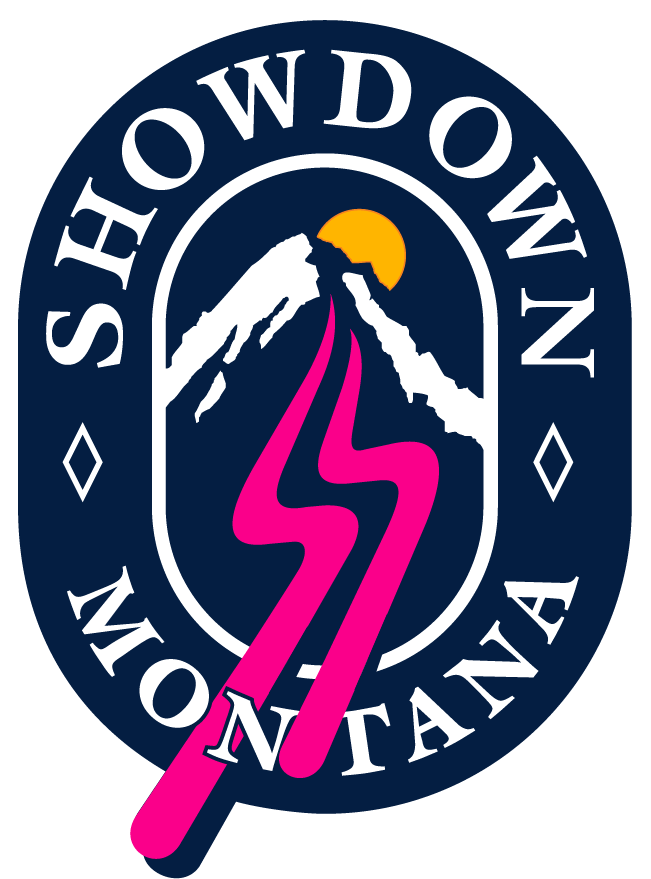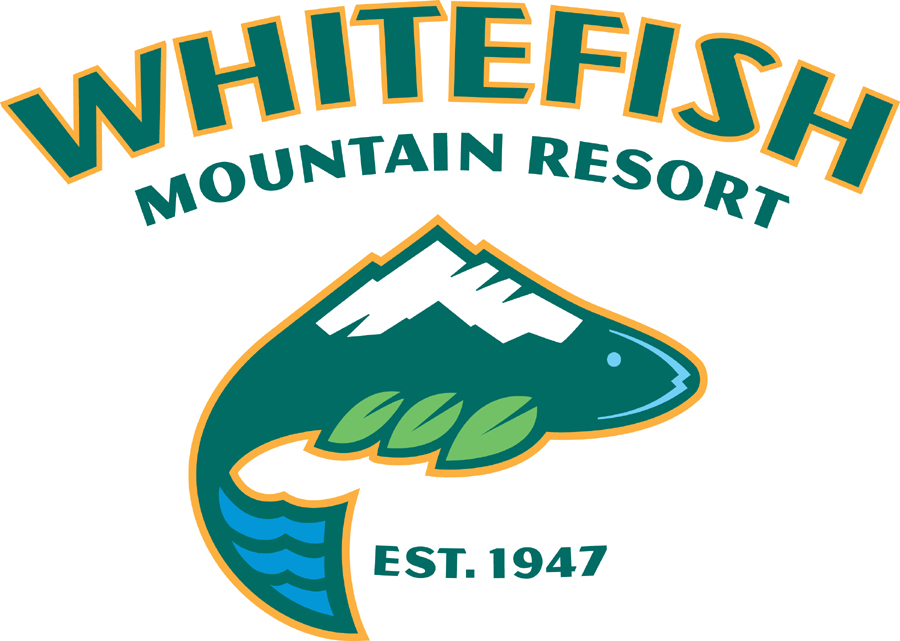Carving Through History: The Evolution of Montana’s Ski Industry
Montana Ski Resorts! Nestled amidst the majestic peaks of the Rocky Mountains, Montana’s ski industry has flourished over the decades, attracting winter sports enthusiasts from near and far to its pristine slopes and breathtaking landscapes. From its humble beginnings as a niche pastime to its emergence as a thriving economic engine and world-class destination for skiing and snowboarding, the history of Montana’s ski industry is a testament to the spirit of adventure, innovation, and community that defines the Treasure State.
Early Beginnings
The roots of Montana’s ski industry can be traced back to the early 20th century when intrepid adventurers and outdoor enthusiasts began exploring the rugged mountains of the region on skis. In the 1920s and 1930s, small ski clubs and organizations sprang up across the state, carving out trails and establishing rudimentary ski areas in the mountains.
One of the earliest ski areas in Montana was the Big Mountain Ski Resort (now known as Whitefish Mountain Resort), which opened in 1947 near the town of Whitefish. Other pioneering ski areas soon followed, including Red Lodge Mountain Resort, Bridger Bowl, and Maverick Mountain, each offering its own unique blend of terrain, amenities, and hospitality.
Postwar Boom
The post-World War II era brought unprecedented growth and development to Montana’s ski industry, as returning soldiers and families sought out new opportunities for recreation and leisure in the mountains. Improved transportation infrastructure, advances in ski technology, and the rise of organized skiing clubs and associations all contributed to the rapid expansion of the ski industry in the state.
During this period, new ski areas were established and existing ones expanded to accommodate the growing demand for skiing and snowboarding. The construction of lodges, ski lifts, and other amenities transformed Montana’s ski resorts into full-fledged destination resorts, attracting visitors from across the country and around the world.
Olympic Legacy
Montana’s ski industry received a significant boost in the 1960s and 1970s with the rise of alpine skiing as a competitive sport and the increased interest in winter sports following the success of the 1960 Winter Olympics in nearby Squaw Valley, California. The Olympic Games inspired a new generation of athletes and enthusiasts to take up skiing and snowboarding, further fueling the growth of the ski industry in Montana.
Several Montana ski resorts played a role in training and preparing athletes for international competition, including Big Sky Resort, which hosted the U.S. Ski Team for training camps and competitions in the 1970s and 1980s. The success of Montana’s athletes on the national and international stage helped to raise the profile of the state’s ski industry and attract even more visitors to its slopes.
Economic Impact
Today, Montana’s ski industry is a vital component of the state’s economy, generating millions of dollars in revenue and supporting thousands of jobs across the state. Ski resorts and related businesses contribute to the economic vitality of local communities, providing employment opportunities, tax revenue, and support for small businesses and tourism-related industries.
In addition to its direct economic impact, the ski industry also plays a key role in promoting tourism and outdoor recreation in Montana, attracting visitors from around the world to experience the state’s natural beauty and winter sports amenities. Ski resorts serve as gateways to the state’s national parks, wilderness areas, and scenic landscapes, offering visitors a chance to explore and enjoy the best of Montana’s outdoor attractions.
Environmental Stewardship
As stewards of the land, Montana’s ski industry is committed to preserving and protecting the natural environment for future generations to enjoy. Ski resorts work closely with environmental organizations, government agencies, and local communities to implement sustainable practices and minimize their impact on the surrounding ecosystems.
Efforts to reduce energy consumption, conserve water, and mitigate the effects of climate change are ongoing, as ski resorts strive to be leaders in environmental stewardship within the tourism industry. Many resorts participate in habitat restoration projects, wildlife monitoring, and educational programs to promote conservation and environmental awareness among visitors and the local community.
Challenges and Opportunities
Despite its many successes, Montana’s ski industry faces challenges in the years ahead, including changing weather patterns, competition from other winter sports destinations, and the need for infrastructure improvements and investments. However, with its spirit of innovation, resilience, and community collaboration, the ski industry is well-positioned to overcome these challenges and continue thriving in the years to come.
Opportunities for growth and expansion abound, from the development of new terrain and amenities to the expansion of year-round recreational offerings and eco-tourism initiatives. By embracing sustainable practices, investing in infrastructure, and fostering a culture of inclusivity and accessibility, Montana’s ski industry can continue to attract visitors and contribute to the state’s economic prosperity for generations to come.
Looking Ahead
As Montana’s ski industry looks to the future, it remains committed to providing world-class skiing and snowboarding experiences for visitors while preserving the state’s natural beauty and heritage. With its stunning landscapes, diverse terrain, and spirit of adventure, Montana’s ski resorts are poised to continue captivating the hearts and imaginations of winter sports enthusiasts for years to come. Whether you’re carving turns on the slopes, exploring the backcountry, or simply soaking in the mountain views, Montana’s ski industry offers something for everyone to discover and enjoy.
For more information, visit the official MSAA website.
